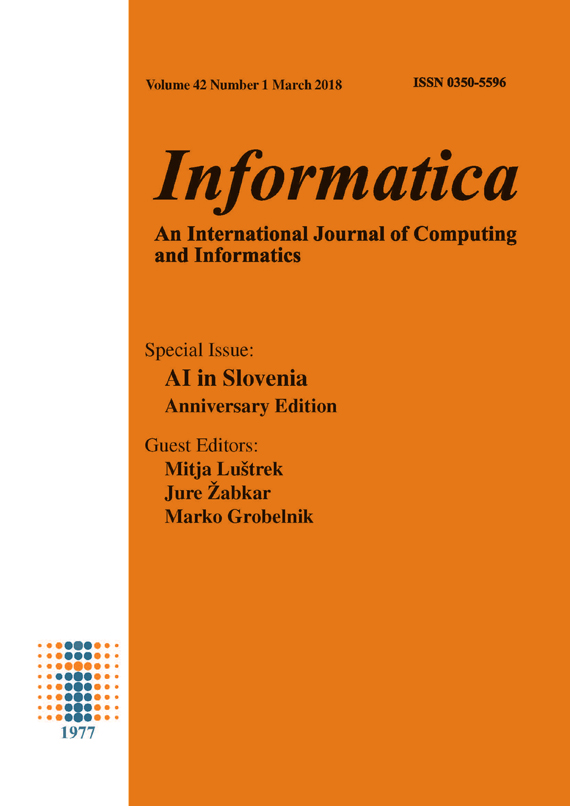An Inter-domain Study for Arousal Recognition from Physiological Signals
Abstract
Arousal recognition from physiological signals is a task with many challenge remaining, especially when performed in several different domains. However, the need for emotional intelligent machines increases day by day, starting with timely detection and improved management of mental disorders in mobile health, all the way to enhancing user experience in human-computer interaction (HCI). One of the open research questions, which we analyze in this paper, is which machine-learning (ML) methods and which input is most suitable for arousal recognition. We present an inter-domain study for arousal recognition on six different datasets. The datasets are processed and translated into a common spectro-temporal space of R-R intervals and Galvanic Skin Response (GSR) data, from which features are extracted and fed into ML algorithms. We present a comparison between dataset-specific models, “flat” models build on the overall data, and a novel stacking scheme, developed to utilize knowledge from all six datasets. When one model is built for each dataset, it turns out that whether the R-R, GSR, or merged features yield the best results is domain (dataset) dependent. When all datasets are merged into one and used to train and evaluate the models, the stacking scheme improved upon the results of the “flat” models.
Downloads
Published
Issue
Section
License
I assign to Informatica, An International Journal of Computing and Informatics ("Journal") the copyright in the manuscript identified above and any additional material (figures, tables, illustrations, software or other information intended for publication) submitted as part of or as a supplement to the manuscript ("Paper") in all forms and media throughout the world, in all languages, for the full term of copyright, effective when and if the article is accepted for publication. This transfer includes the right to reproduce and/or to distribute the Paper to other journals or digital libraries in electronic and online forms and systems.
I understand that I retain the rights to use the pre-prints, off-prints, accepted manuscript and published journal Paper for personal use, scholarly purposes and internal institutional use.
In certain cases, I can ask for retaining the publishing rights of the Paper. The Journal can permit or deny the request for publishing rights, to which I fully agree.
I declare that the submitted Paper is original, has been written by the stated authors and has not been published elsewhere nor is currently being considered for publication by any other journal and will not be submitted for such review while under review by this Journal. The Paper contains no material that violates proprietary rights of any other person or entity. I have obtained written permission from copyright owners for any excerpts from copyrighted works that are included and have credited the sources in my article. I have informed the co-author(s) of the terms of this publishing agreement.
Copyright © Slovenian Society Informatika








